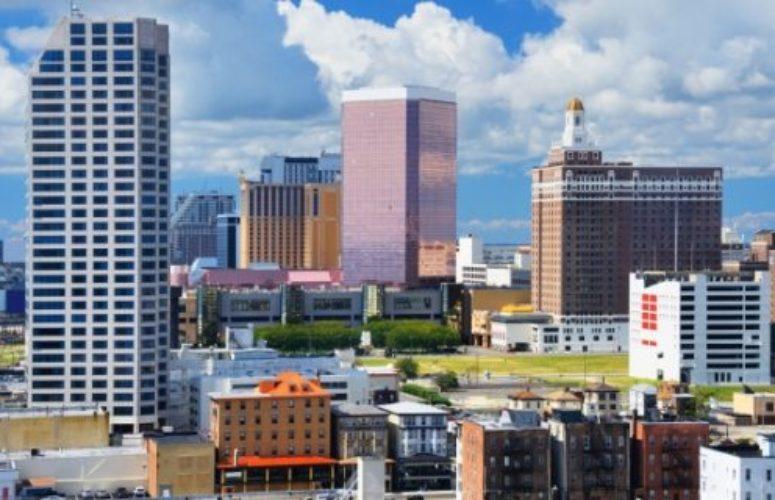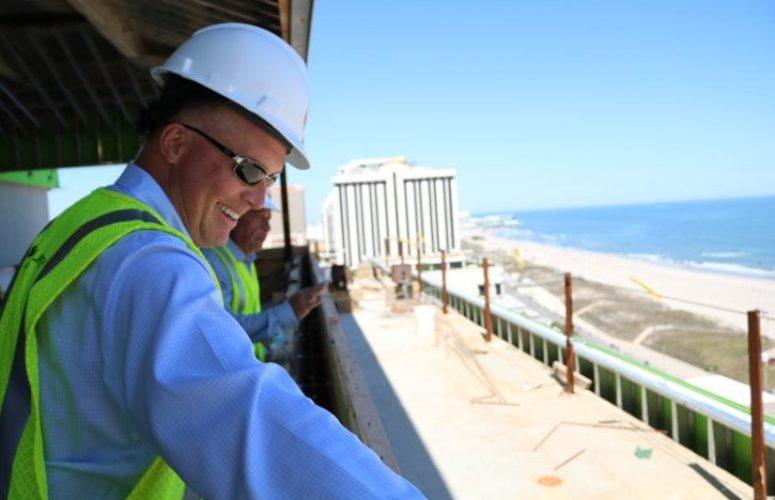
Atlantic City Experiences Year-Over-Year Gains
On Apr 11, 2018Atlantic City Tourism Performance Indicators (AC-TPI) released by the Lloyd D. Levenson Institute of Gaming, Hospitality and Tourism (LIGHT) showed year-over-year increases across all three performance indicators to close out 2017. All three indicators saw increases when compared to 2016 despite declines experienced through the last three months of the year.
The AC-TPI uses year-over-year percentage changes in the monthly figures of three key performance measures: the Atlantic County Lodging Fee per 100 rooms, the Atlantic City Casino Parking Fee per 100 spaces, and the Atlantic County non-casino Revenue per Available Room (RevPAR), as an effective proxy for the performance of the tourism economy in Atlantic City.
“Despite declines in the final months of the year, all three performance indicators ended with year-over-year gains compared with 2016” said Brian Tyrrell, professor of Hospitality and Tourism Management Studies at Stockton University.”
Tyrrell added, “on a per room basis, declines in the Atlantic County Lodging Fee have given way to increases. The twelve months ending in December 2017 averaged $684, or 4.4% higher than the twelve months ending in December 2016.”
After nine months of double digit year-over-year percentage gains, the Casino Parking Fee per 100 Parking Spaces was relatively flat through October (-1%), November (0%) and December (-2%). The year ended December 2017 saw a 12% increase over 2016. Non-Casino RevPAR saw a healthy gain in October (5%), held nearly flat in November (-2%), but saw a significant decline in December (-27%). The Atlantic County Lodging Fee remarkably performed differently than the Non-Casino RevPAR with the largest loss (-9%) in October followed by a healthy gain in November (6%) and flat performance in December (0%).
Rummy Pandit, executive director of the Lloyd D. Levenson Institute for Gaming, Hospitality & Tourism, noted: “The double digit decline in the Atlantic County Revenue per Available Room for non-gaming properties in December 2017 is partly attributable to the better than average performance of non-gaming properties in December 2016. Despite that decline, non-gaming RevPAR saw a 1% increase year-over-year for 2017.”
To access more business news, visit njbmagazine.com
Related Articles:





